
Sitting down to map out Marvel’s television timeline is a bit like looking at those high-definition images from the James Webb Space Telescope. We knew the universe was big, we just didn’t realize how big.
The MCU has spent a decade building an interconnected world of superheroes that have spanned galaxies and timelines but its TV verse is still in its infancy, growing bolder with each new story it takes on and adding to its overall value with each new character it introduces. Some of Marvel’s most beloved shows are just a blip on the bigger timeline while others are key to understanding the storytelling happening on a grander, cinematic level. (And a few not included in this list like Marvel’s What If, FX’s Legion, and Powers have no place at all within the MCU but they’re a hell of a fun watch all the same.) They all stand on their own, but if you can connect their dots, you’ll be better prepared for what Marvel has planned next. Plus, you know, all those Easter eggs the MCU likes to toss in its end credits scenes might actually make sense.
We’ve done the hard job of putting Marvel’s TV lineup in chronological order in case you want to watch these shows in a way that makes the most sense.
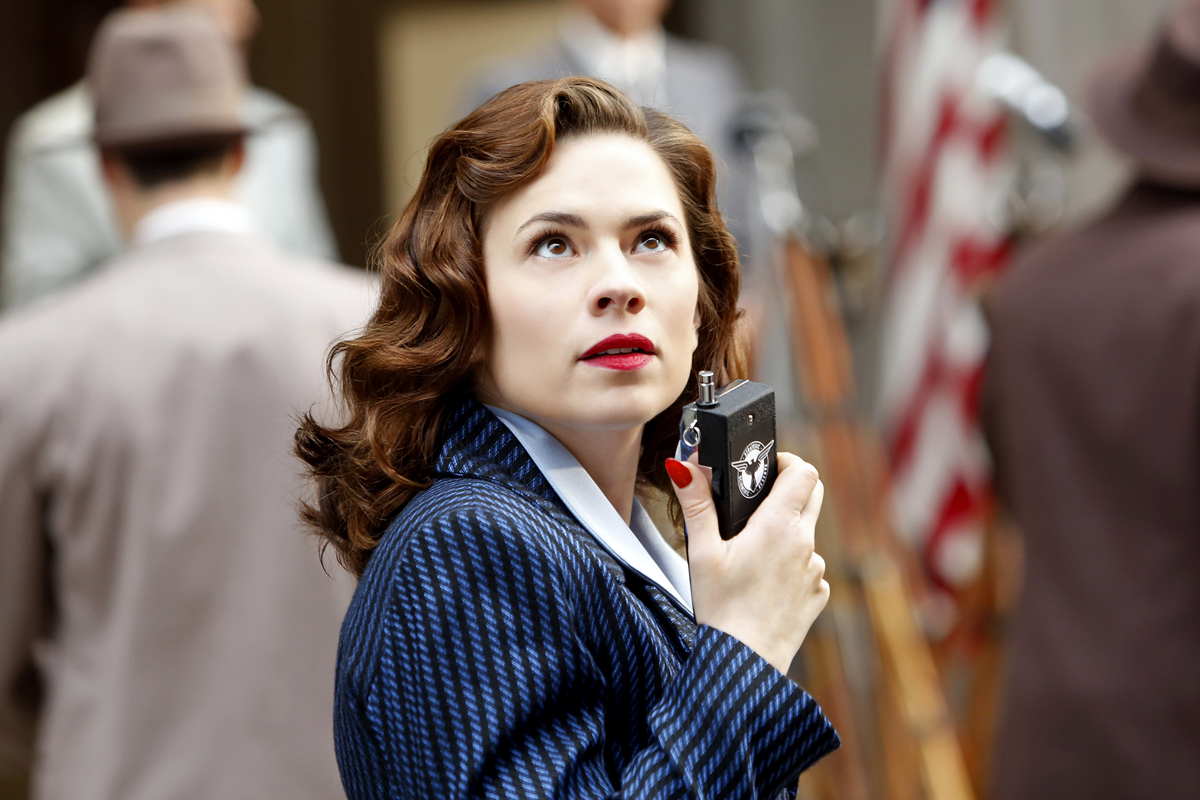
Agent Carter
2 seasons | 18 episodes
Steve Rogers may have been sitting comfortably on ice for nearly 70 years but Peggy Carter was using that time to do some avenging of her own. This series, which chronicles Carter’s work becoming a kick-ass spy and ultimately creating S.H.I.E.L.D., is set in the 1940s with Hayley Atwell reprising her role and being joined by Howard Stark and his butler named Jarvis. See the tie-ins there?
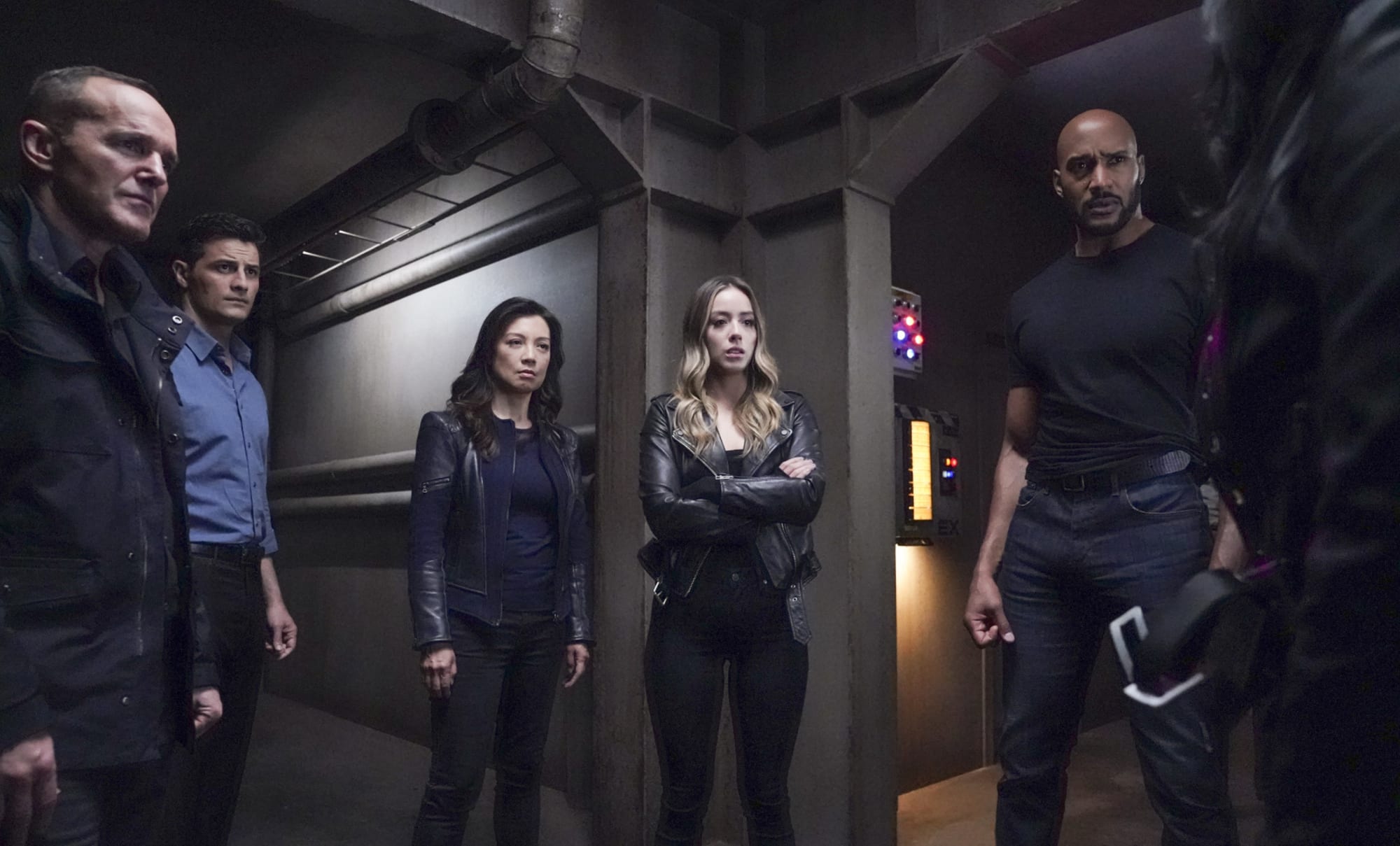
Agents of Shield
7 seasons | 126 episodes
Now, finding the Agents of S.H.I.E.L.D.’s place in the ever-expanding Marvel timeline is a bit tricky. They’ve hopped between quite a few eras, traveling to both the future and the past – plus space – so it’s a bit hard to pin this team of genius scientists and superpowered agents led by Phil Coulson to any one decade. But, because the show’s early season tied directly into Marvel’s Avengers and the following sequels, watching this series after Agent Carter makes the most sense, chronologically. Just be warned, later seasons don’t dwell too much on what’s happening in the MCU.
Daredevil
3 seasons | 39 episodes
Daredevil was Marvel’s first TV project with Netflix and, arguably, its best. The show follows a blind lawyer by the name of Matt Murdock (an excellent Charlie Cox) who serves up his own brand of vigilante justice after hours. The show made some mention of bigger MCU events – like the battle of New York – but Daredevil was always more of a street-level hero, a guy with vulnerabilities that felt more human, and more relatable. This is a terrific entry point into New York’s lineup of B-level superheroes, especially considering Murdock and his arch-nemesis Wilson Fisk are returning for another Marvel series, Disney+’s planned Echo.

Jessica Jones
3 seasons | 39 episodes
Krysten Ritter plays a boozy private detective harboring inhuman strength and some traumatic memories in this Netflix-launched Marvel series. Jessica Jones’ first season had a terrific villain in David Tennant’s Kilgrave and tackled the kind of difficult subject matter – like domestic abuse, addiction, and trauma – most of its peers on this list shy away from. It’s a necessary watch to understand later team-up projects, and a fun one for fans craving more badass women in the MCU, but it doesn’t sport too many connections to the larger universe. Yet.
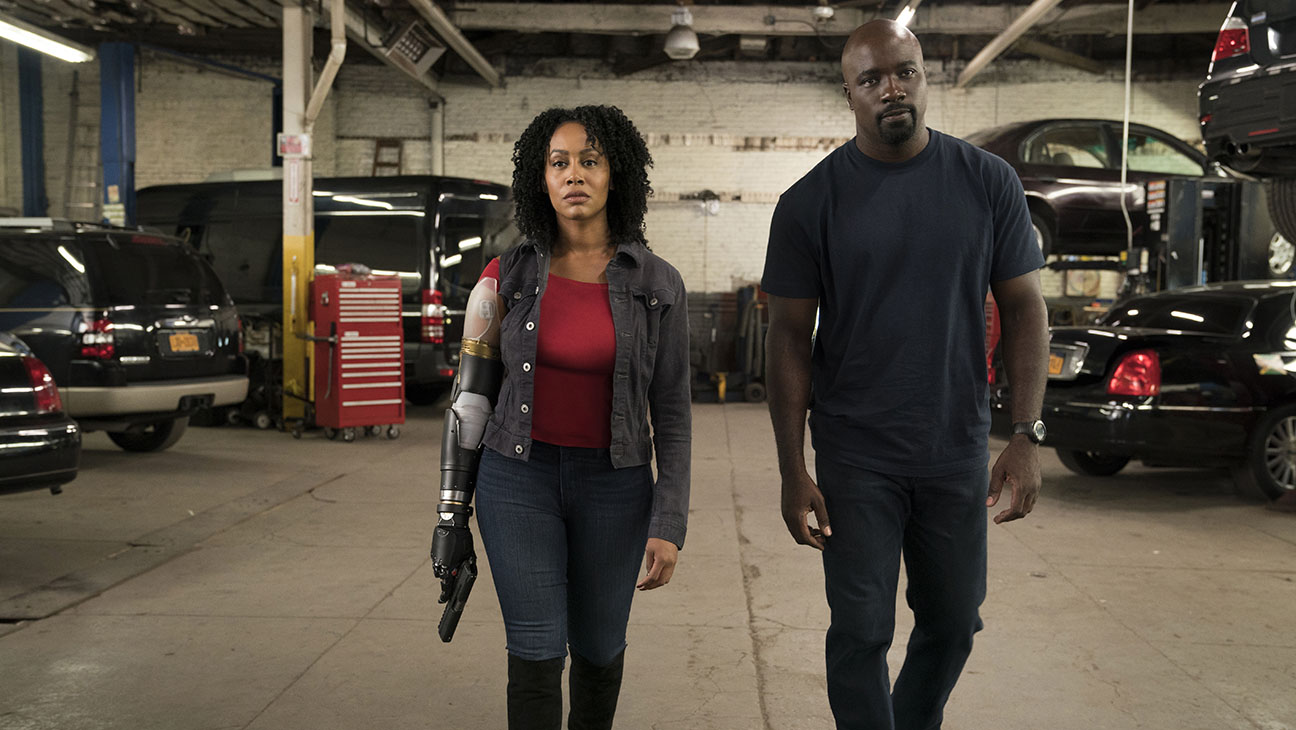
Luke Cage
2 seasons | 26 episodes
The third entry in Marvel’s Defenders series, Luke Cage follows the title character — introduced originally in Jessica Jones — to Harlem, where he works as a sweeper in a barbershop and as a dishwasher in a restaurant. Cage –who has superhero strength and unbreakable skin — gets dragged against his better instincts into crime-fighting in order to save Harlem from violence and corruption. It’s a very focused and contained story that enriches the background of some small-time Marvel heroes, especially if you need a break from the big, CGI-fueled galactic adventures happening in the MCU right now.
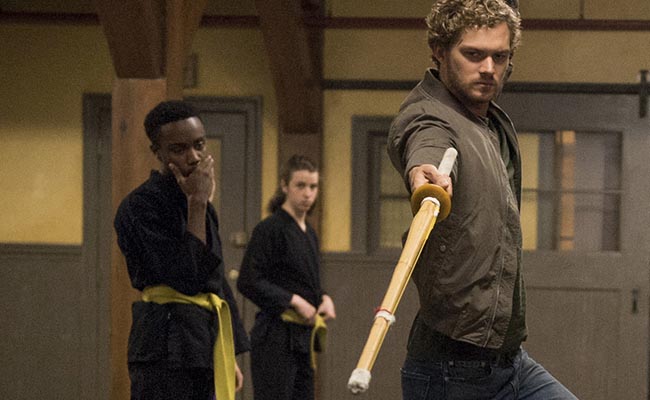
Iron Fist
2 seasons | 23 episodes
Marvel had been trying to make Iron Fist happen for a while before Netflix gave it a series order and while some elements fall flat, the show does mark the studio’s first foray into the world of martial arts. That world would be expanded on in later Doctor Strange movies and in Shang Chi, but here, it’s contained to the story of Danny Rand, the heir to a billion-dollar company who returns from the dead with special abilities and a desire to make his small slice of the world better by using them.
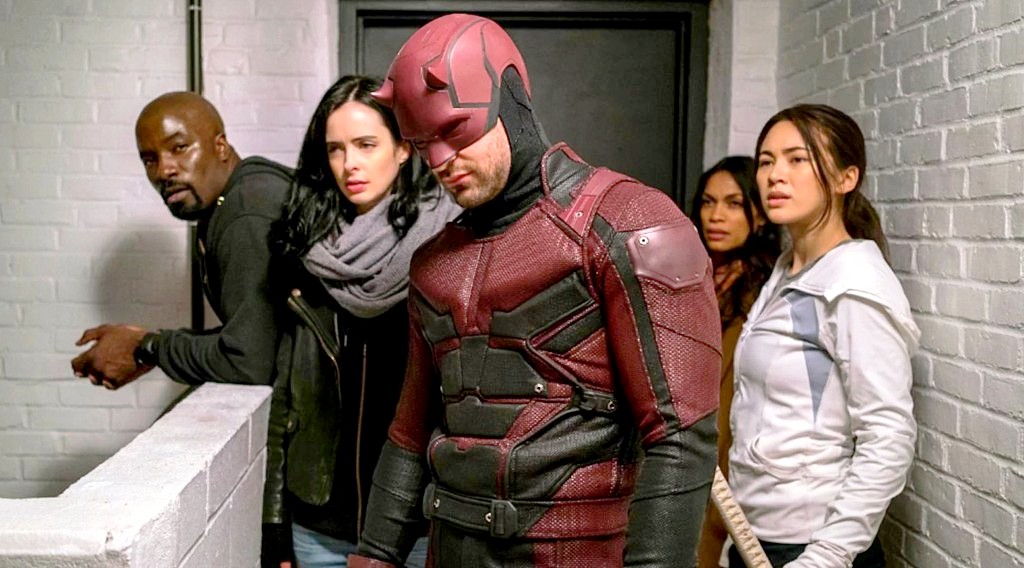
The Defenders
1 season | 8 episodes
The Defenders was Marvel’s attempt at an Avengers-style team-up for television and, in a lot of ways, it worked. The show brought together Jessica Jones, Matt Murdock, Luke Cage, and Danny Rand to fight an intimidating villain (hello Sigourney Weaver) with an army ready to take control of New York City. Most of the fun in this series comes from watching these heroes who normally go the solo route when it comes to their vigilante jobs, try to work together, combining their abilities and managing their personality clashes to save their city.
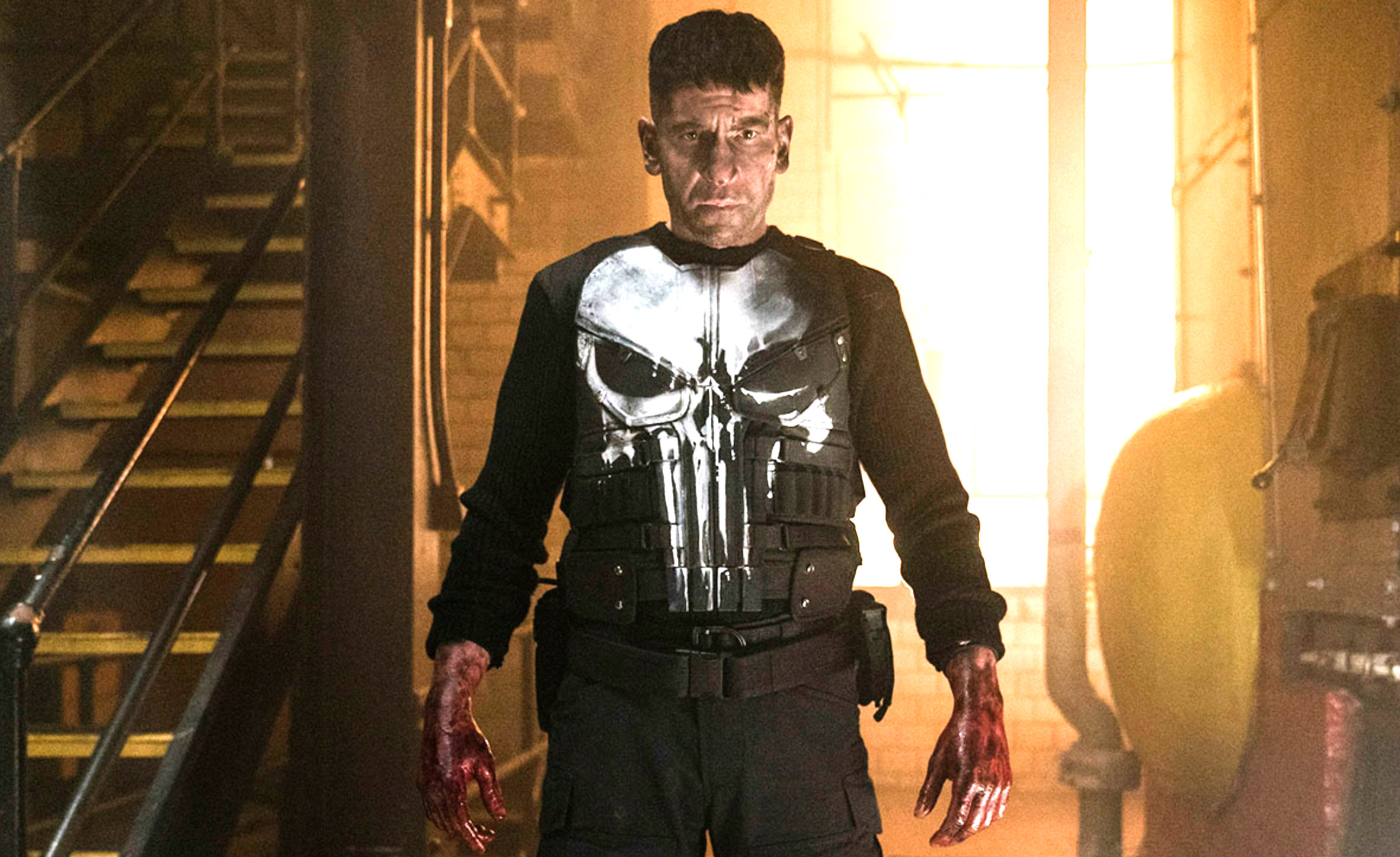
The Punisher
2 seasons | 26 episodes
It’s likely that The Punisher was never meant to be its own show, but when Jon Bernthal guested on season two of Netflix’s Daredevil, he had fans clamoring for more of Frank Castle and his bloody form of justice. The Punisher ties in most closely with Matt Murdock’s universe, though with shows like Hawkeye and Echo also set in New York, there might be room for him to join Marvel’s next phase. Still, even if Castle’s run just amounts to these two seasons, it’s worth a watch for how brutal and brilliant Bernthal is in the role.
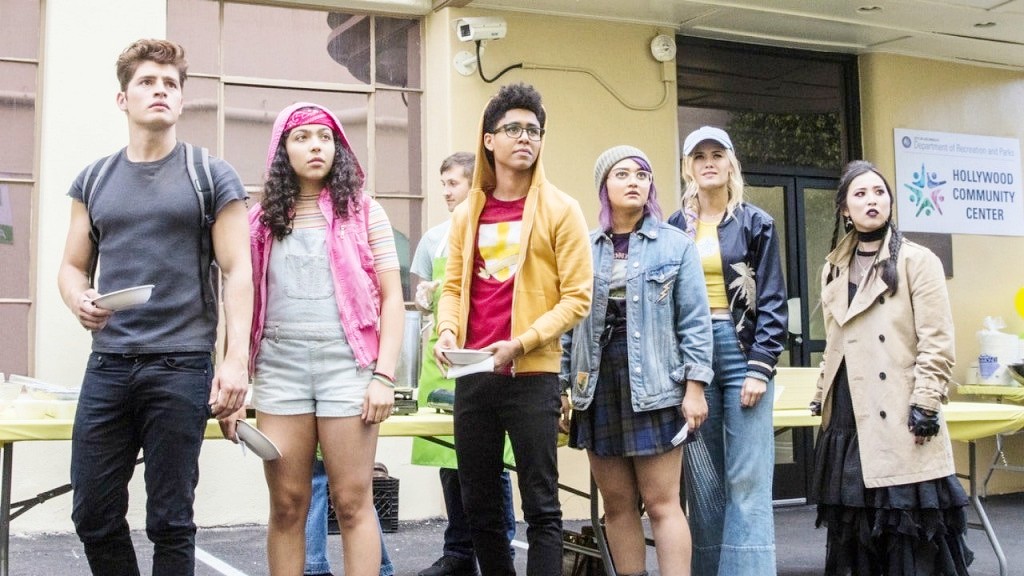
Marvel’s Runaways
3 seasons | 33 episodes
Hulu’s first Marvel foray follows a group of supernaturally-gifted teens trying to uncover a conspiracy that the adults in their lives seemed to be wrapped up in. It’s a bit like if The O.C. met the MCU and while there’s not much mention of a bigger universe, it does hint at there being more superpowered people out there than we first thought. Not too heavy, not too light, it’s a good show to watch if you want to capture the same vibe as some of Disney+’s more recent series.
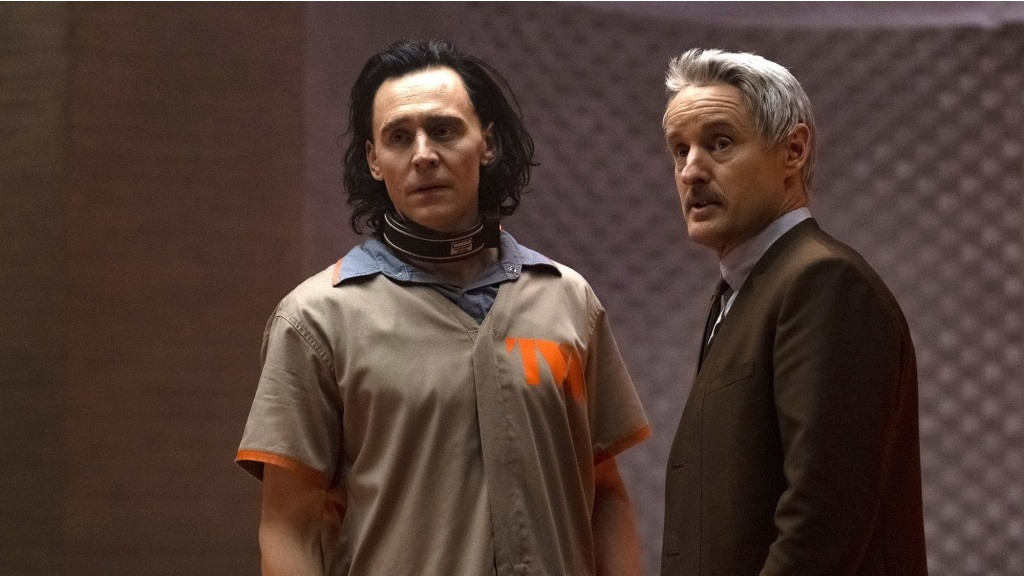
Loki
1 season | 6 episodes
Where exactly does Loki fit in the chronological timeline? Hell if we know. The trickster god spent an entire season jumping from one multiverse branch to the next, eventually retconning his entire stay with the Time Variance Authority and throwing the timeline into absolute chaos. But, if you’re forcing us to put this Asgardian reject somewhere, we’d place his most recent exploits in the same space as most of the post-Blip, Phase 4 action. Wherever he really belongs, this show luxuriates in the concept of a multiverse which is set to be a big theme of future Marvel movies, so it’s best to dive in here if you want to understand the trippy dimensional travel happening in that Doctor Strange sequel.
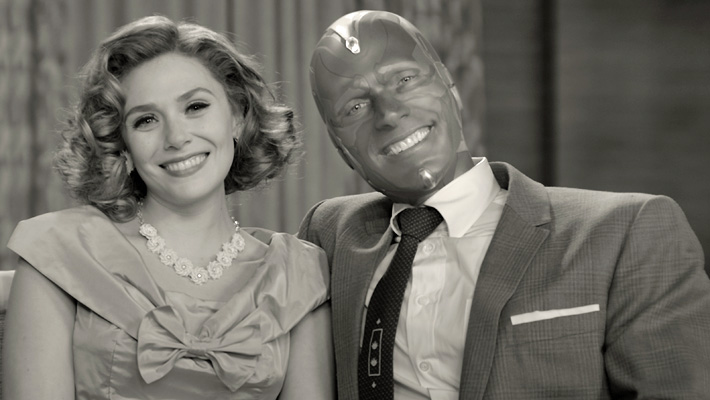
WandaVision
1 season | 9 episodes
Taking place just a few weeks after the Blip, WandaVision had a lot of responsibility on its shoulders. It had to bridge the gap from Marvel’s movie verse to its expanding TV empire and it had to lay the groundwork for the series to come. We now know that while Wanda Maximoff (Elisabeth Olsen at her best here) was grieving the loss of Vision by enslaving the minds of an entire town-worth of people and living out her own sitcom fantasies, the events of future Spider-Man movies and TV spinoffs had yet to happen. Wanda’s little hostage situation didn’t have too much effect on Peter Parker or Sam Wilson’s arcs but what happened in Westview did influence Doctor Strange’s storyline and will likely play a role in that planned Agatha Harkness spinoff.
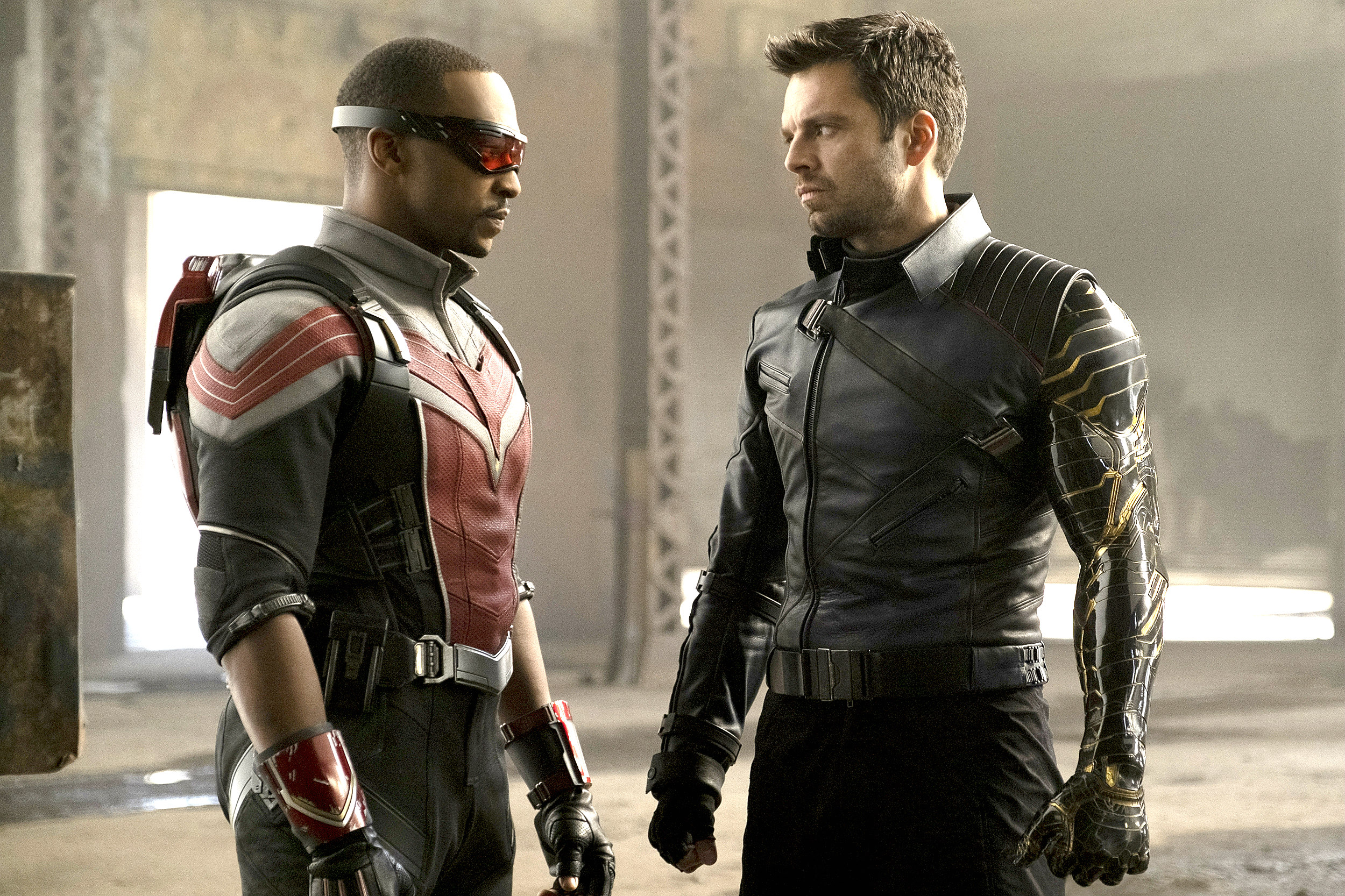
The Falcon And The Winter Soldier
1 season | 6 episodes
Set six months after the Blip, Disney+’s second original series followed the journey of Sam Wilson from The Falcon to the new Captain America after Steve Rogers decided to have a do-over, remaining in the past with Peggy Carter to live a normal life. In the present, Rogers hands off his shield to Wilson who initially refuses the mantle, which leads to the creation of a terrifying new villain and forces him to team up with Bucky Barnes to protect their friend’s legacy. Anthony Mackie and Sebastian Stan have extremely watchable comedic chemistry and the characters introduced here – especially the villains, like Wyatt Russell’s John Walker – are set to play a bigger role in future Marvel TV shows.
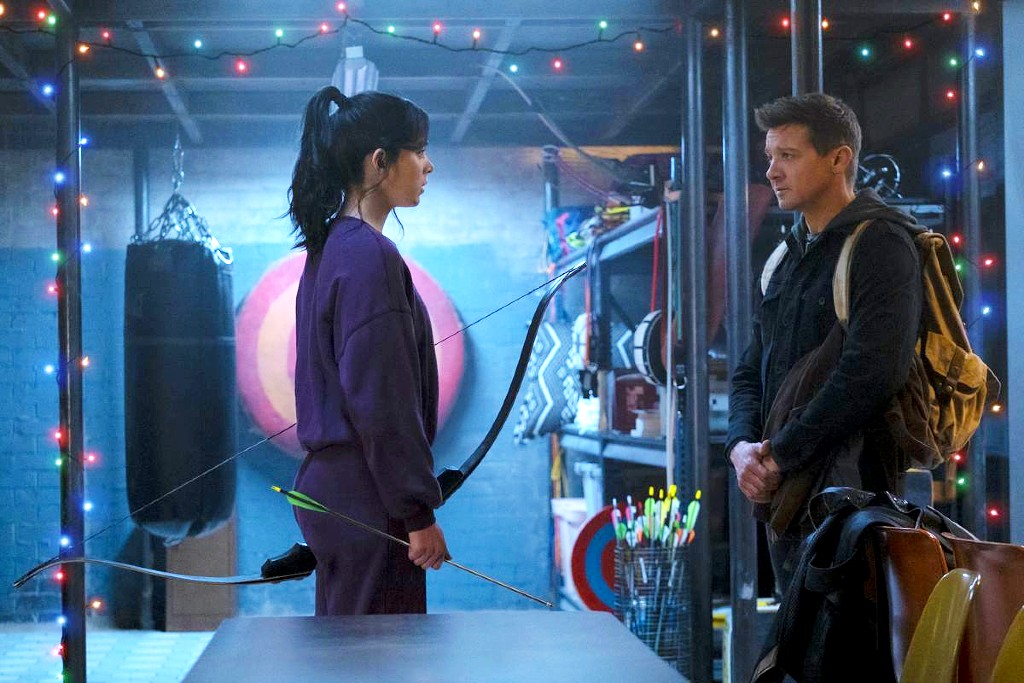
Hawkeye
1 season | 6 episodes
Hawkeye’s placement in the timeline is tricky because, throughout the show, references are made that might lead fans to believe it’s another Marvel project jammed into the year 2023 (see Eternals, WandaVision, and The Falcon and the Winter Soldier for reference). But, according to showrunner Rhys Thomas, Clint Barton’s Christmas vacation in the Big Apple happens in December 2024, a full year after the events of Endgame. That distinction explains why Hawkeye is so rusty when it comes to his avenging duties, why Yelena is still hunting him on orders from Contessa Valentina Allegra de Fontaine (Julia Louis-Dreyfus), and how the hell an entire Broadway show dedicated to the Avengers was erected in such a short time span. Clearly, you’d need more than a few months to choreograph the Battle of New York for the stage.
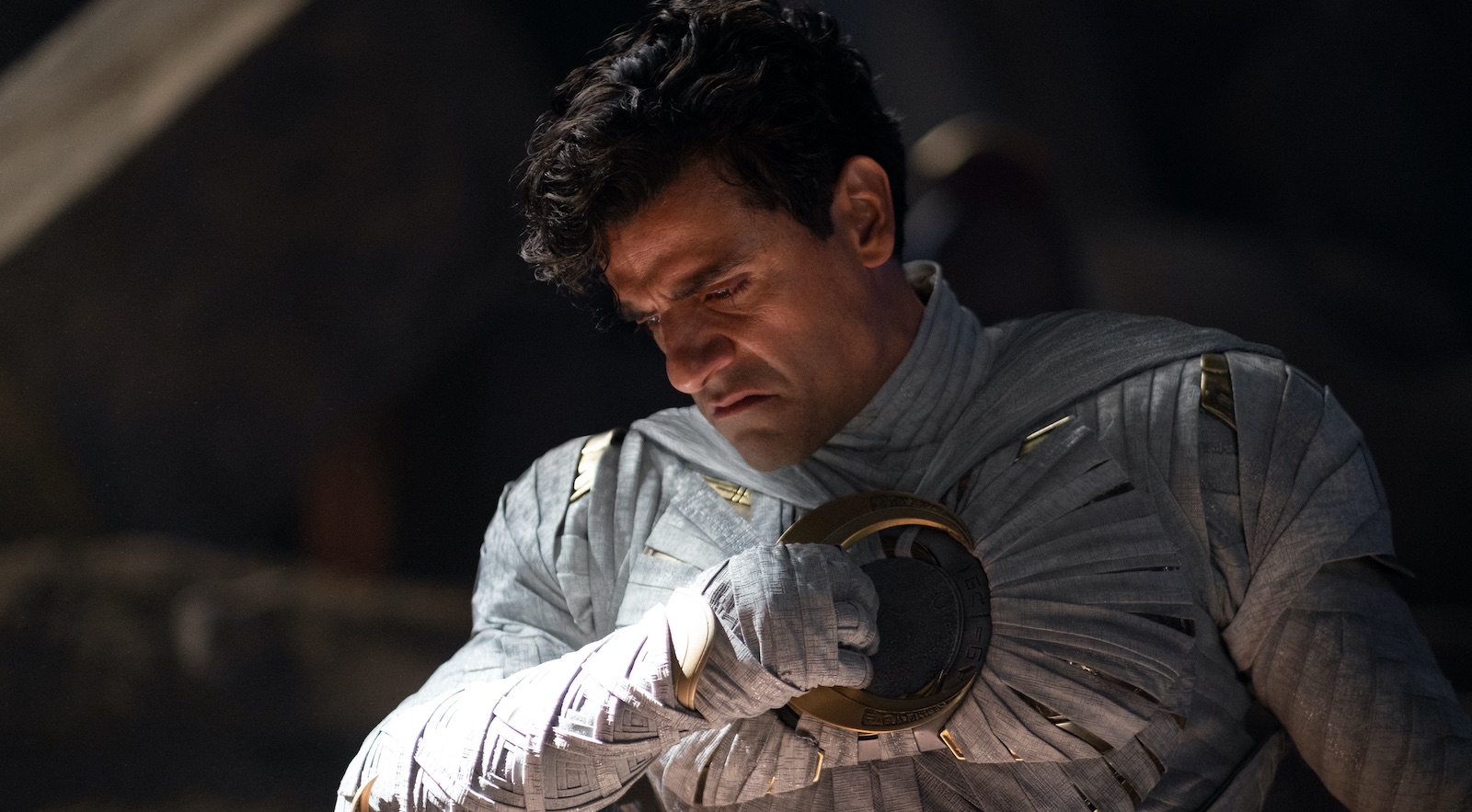
Moon Knight
1 season | 6 episodes
Marvel has confirmed that Moon Knight takes place after the events of Hawkeye which would most likely set it in the year 2025. Again, that feels like a good fact to know in terms of grounding this series in reality because everything else that happens on this show – from Egyptian Gods hijacking human bodies to use as their own personal avatars to Oscar Isaac’s frequent blackouts to a superhero with multiple personalities to a talking hippo – is completely nuts. But, you know, in a good way.
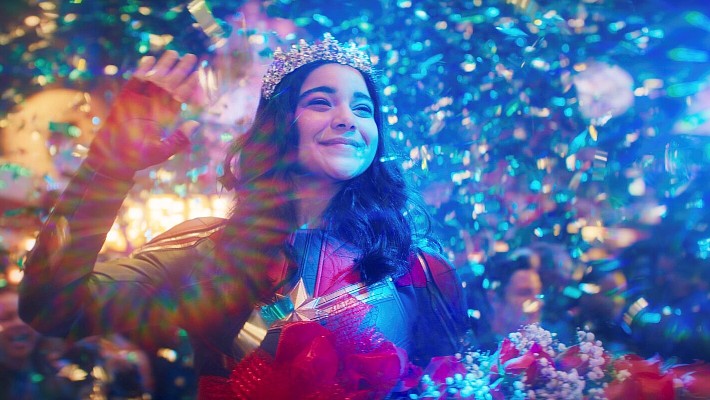
Ms. Marvel
1 season | 6 episodes
Marvel’s latest TV offering might be its most important yet. Not only does the show introduce a brand-new superhero – Kamala Khan, AKA Ms. Marvel – who has grown up in a post-Blip world idolizing the same Avengers who have saved the universe time and time again, but the story also sets up movies to come, including the sequel to Captain Marvel, by way of some surprising cameos. Khan has abilities of her own that are activated by an heirloom passed down in her family that introduces the concept of supernatural beings called Jinns but there’s something different about her DNA too, a tease added to the end of the series that might just be a gateway to bring the X-Men into the Marvel-verse. So yeah, there are plenty of reasons to watch this one.
